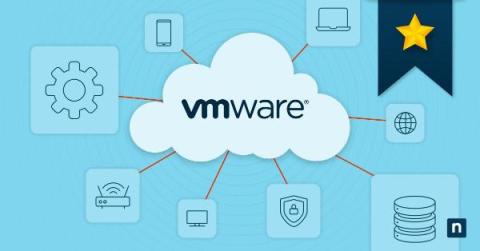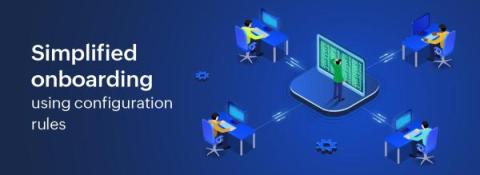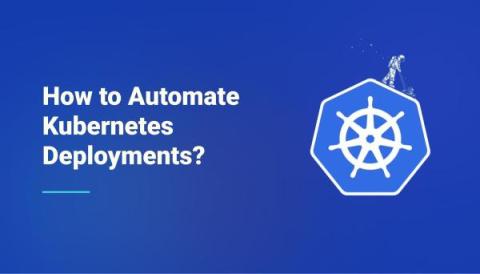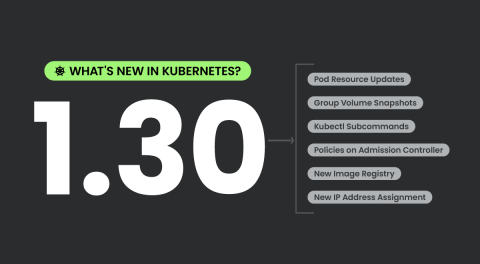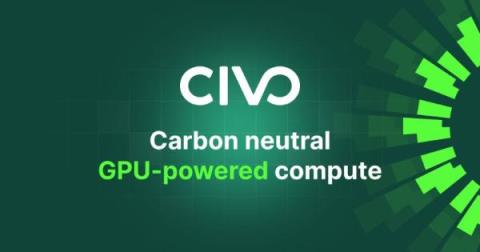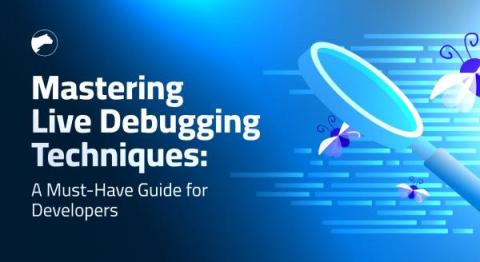10 Best VMware Management Tools
Virtualization technology, such as virtual machines (VM), is vital for businesses and IT admins today because it empowers organizations to be more agile, reduce downtime, and secure important data. VMs allow multiple operating systems and applications to run on a single physical server, maximizing hardware utilization and reducing the need for physical hardware.


